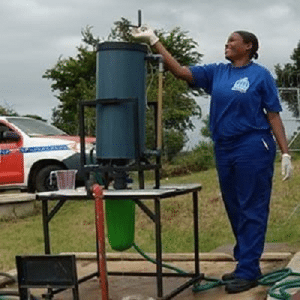
Agriculture
November 9, 2023
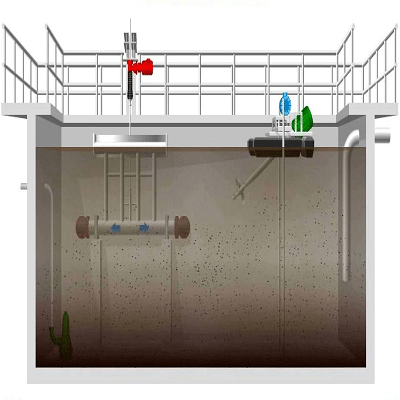
Updated on November 9, 2023
·Created on October 1, 2018
Sequential Batch Reactors (SBR) are aerobic wastewater treatment systems using activated sludge processes.
Sequential Batch Reactors (SBR) are wastewater treatment systems which employ suspended-growth processes. These processes are achieved through injecting oxygen to both maintain aerobic conditions and mix the wastewater, which activates sludge. Activated sludge systems remove organic matter, nutrients, biochemical oxygen demand, and chemical oxygen demand. However pathogen removal is low. The treated water can either be inject back into the groundwater table, or used for some agricultural purposes.
Target Users (Target Impact Group)
Distributors / Implementing Organizations
Manufacturing/Building Method
Unknown
Intellectural Property Type
Open Source
User Provision Model
Direct sales from local manufacturers.
Distributions to Date Status
Over 1300 plants have operated.
Design Specifications
The SBR tank is designed to add oxygen to wastewater, which enables bacteria to oxidize the organic matter. Once aeration stops, sludge settles in the tank. After settling the sludge and water is separated, and the effluent continues to flow through the system. In most situations, plants are designed with at least two connected SBR to allow for continual wastewater processing.
A diagram for the SBR illustrates the processes involved in wastewater treatment.
Technical Support
The SBR systems require continuous control by operators. Manufacturers provide technical support and operation training for operators.
Replacement Components
Replacement components can be purchased directly from manufacturers.
Lifecycle
Unknown
Manufacturer Specified Performance Parameters
SBR were developed to require minimal land, produce effluent of high quality, operate completely automated, and be resistant against shock-loads.
Vetted Performance Status
Unknown
Safety
Precautions must be taken during operation to ensure that operators do not come into unsanitary contact with the wastewater or sludge.
Complementary Technical Systems
This treatment system must be coupled with water distribution systems to transport the influent and effluent wastewater to and from the reactor. In addition depending on the desired application of the treated wastewater, further treatment might be required.
Academic Research and References
Strous, M., Heijnen, J., Kuenen, J. & Jetten, M. The sequencing batch reactor as a powerful tool for the study of slowly growing anaerobic ammonium-oxidizing microorganisms. Applied Microbiology and Biotechnology.
Wang, L. & Li, Y. Sequencing Batch Reactors. Biological Treatment Processes.
Morgenroth, E. et. al. Aerobic granular sludge in a sequencing batch reactor. Water Research.
Zeng, R., Lemaire, R., Yuan, Z. & Keller, J. Simultaneous nitrification, denitrification, and phosphorus removal in a lab-scale sequencing batch reactor. Biotechnology and Bioengineering.
Compliance with regulations
Unknown

Agriculture
November 9, 2023
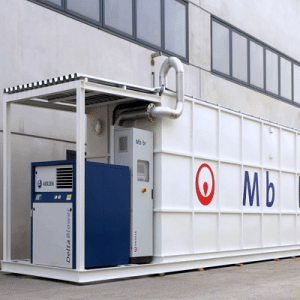
Agriculture
November 9, 2023
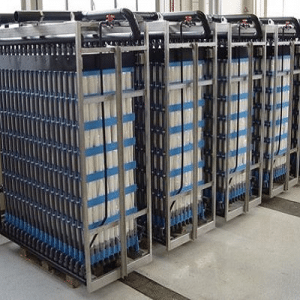
Agriculture
November 9, 2023
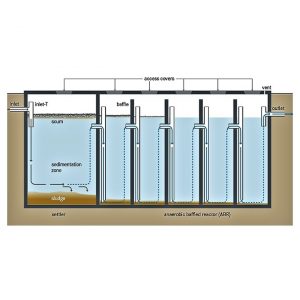
Agriculture
November 9, 2023
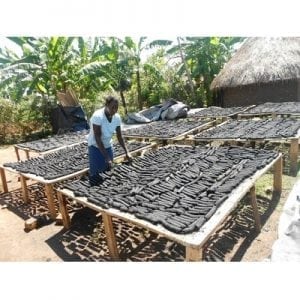
Agriculture
November 9, 2023
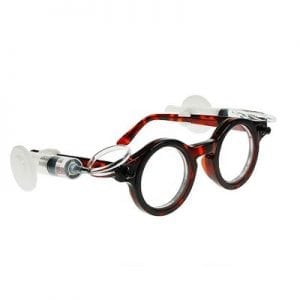
Agriculture
November 9, 2023

Agriculture
November 9, 2023
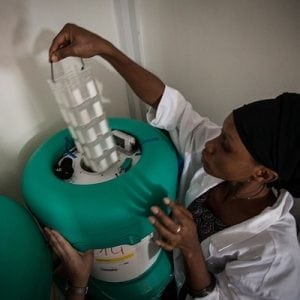
Agriculture
November 9, 2023

Agriculture
November 9, 2023

Agriculture
November 9, 2023
Have thoughts on how we can improve?
Give Us Feedback